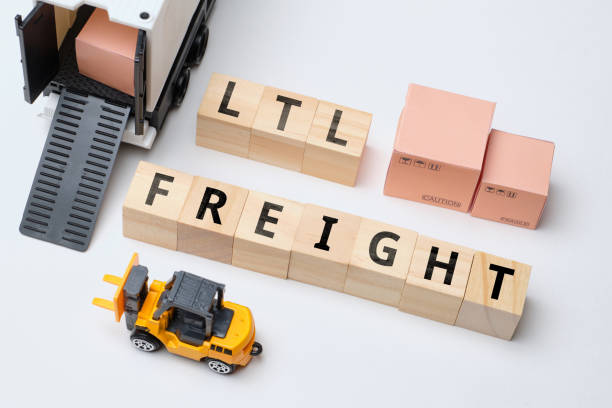Navigates Common Shipping Challenges with Ease
In the ever-evolving world of logistics, navigating shipping challenges can feel like trying to solve a Rubik’s cube with your eyes closed. Whether you’re a small business owner or an individual curious about how packages make their way from point A to point B, understanding shipping terms and logistics processes is essential. By the time you’re done with this guide, you’ll be equipped to tackle common shipping mistakes with the confidence of a seasoned captain steering through calm seas.

Decoding Industry Jargon
Shipping can feel like learning a new language, filled with mysterious acronyms and terms. Let’s break down some common shipping terms to help you navigate this sea of jargon. First, consider “FOB” or Free on Board, which indicates when the seller transfers ownership of goods to the buyer. Then there’s “BOL,” which stands for Bill of Lading—a crucial document that details the type, quantity, and destination of the goods being shipped. Understanding these logistics processes helps prevent common shipping mistakes. We also have “ETA,” meaning Estimated Time of Arrival, a term that keeps everyone informed about when a shipment is expected to reach its destination.
Common Shipping Mistakes Explained
Navigating the shipping landscape without a compass can lead to common shipping mistakes. One frequent error is incorrect labeling, which can cause delivery delays or lost packages. It’s crucial to double-check all information on the shipping label, including addresses and postal codes. Another mistake involves not understanding shipping terms, like “incoterms,” which define the responsibilities of buyers and sellers in international trade. Misinterpreting these can lead to unexpected costs. Additionally, overlooking insurance is a pitfall. Without adequate coverage, you risk incurring losses from damaged or lost goods. Finally, failing to consider logistics processes, such as customs regulations, can result in shipments being held at the border.

Demystifying Logistics for Beginners
Logistics can seem like a daunting puzzle for those new to the field, but breaking it down into digestible parts makes it more approachable. Think of logistics as the art of managing the flow of resources from origin to destination. It encompasses planning, implementing, and controlling procedures for efficient and effective transportation and storage. For beginners, understanding the basics of logistics processes is crucial. Start by familiarizing yourself with key shipping terms such as lead time, freight forwarding, and warehousing. These concepts lay the foundation for grasping more complex logistics operations. Another essential step is understanding the role of technology in logistics, such as software that tracks shipments and manages inventory.
Solutions for Businesses
Shipping challenges can significantly impact business operations, but effective solutions can transform them into opportunities. One pivotal strategy is partnering with reliable logistics providers who offer tailored services and flexible shipping terms to meet diverse business needs. These providers often possess the expertise to navigate complex logistics processes, reducing the risk of common shipping mistakes. Implementing technology-driven solutions like automated tracking systems also enhances visibility and control over shipments. This allows businesses to proactively manage delays and communicate effectively with customers. Additionally, adopting a proactive approach to inventory management helps prevent stockouts and overstocking, ensuring products are available when needed. For businesses, understanding and addressing shipping challenges is crucial to maintaining a competitive edge. By leveraging these solutions, companies can streamline their shipping processes, enhance customer satisfaction, and build trust in their brand’s reliability and commitment.



